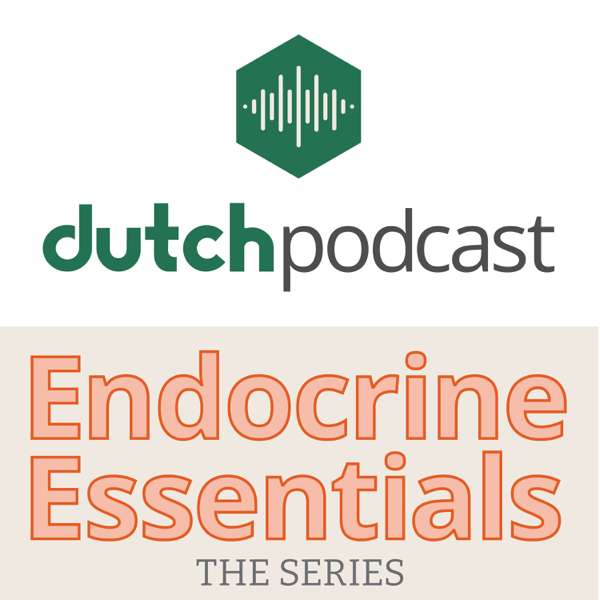If you know you’re heading into a stressful situation, keep a water bottle handy. Your level of hydration might influence just how tense you’ll get.
Remember, up to 78% of your body is composed of water. H-2-O helps the body stay in healthy balance. Water aids digestion, lubricates joints, regulates body temperature and acts as a shock-absorber to the brain, spinal cord and, if you’re pregnant, the fetus.
And Americans are frequently dehydrated, often without realizing it.
Now, a study in the Journal of Applied Physiology says people who drink less than 1.5 liters of water a day experience a significant spike in the stress hormone cortisol.
That leaves someone more susceptible to stress-related health issues. Over the long term, those include heart and kidney disease and diabetes, making stressful events worse.
In fact, the study shows the stress response is 50% higher.
Investigators took 62 men and women and separated them into two groups based on how much water they drank. The low-fluid group drank less than 1.5 liters, while the hydrated folks met daily recommendations on water intake.
That’s 2 liters for women, 2.5 liters for men.
The participants were asked to keep to their normal drinking patterns for a week. Researchers, meanwhile, monitored their blood and urine to verify hydration.
The groups then participated in a mock job interview and mental math test to simulate real-world stress. Scientists said all participants were anxious, as noted by their increased heart rate. The dehydrated group, however, had more cortisol in their saliva.
So, don’t get mad. Get hydrated. A little water can make a stressful situation better.

 Our TOPPODCAST Picks
Our TOPPODCAST Picks  Stay Connected
Stay Connected


 [egg-ZOLT], or fluralaner [FLEUR-ah-lah-ner] oral solution, for the treatment and control of northern fowl mites in laying hens and replacement chickens. It’s the first FDA-approved product for this problem as well as the first oral parasiticide that targets northern fowl mites in poultry.
[egg-ZOLT], or fluralaner [FLEUR-ah-lah-ner] oral solution, for the treatment and control of northern fowl mites in laying hens and replacement chickens. It’s the first FDA-approved product for this problem as well as the first oral parasiticide that targets northern fowl mites in poultry.




